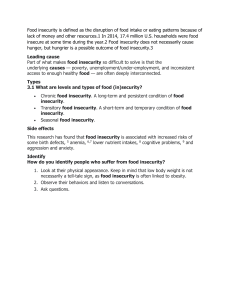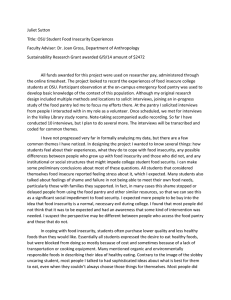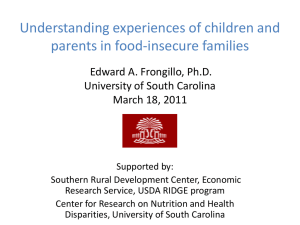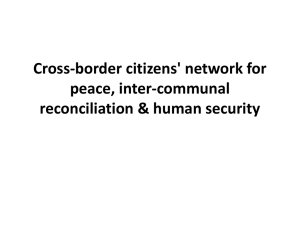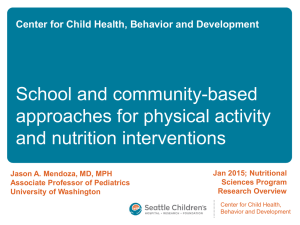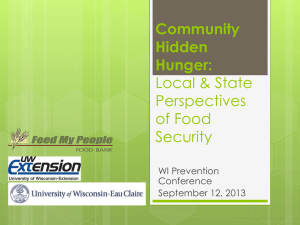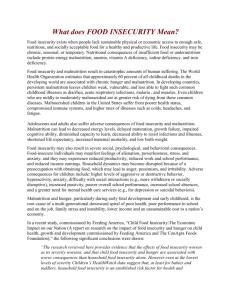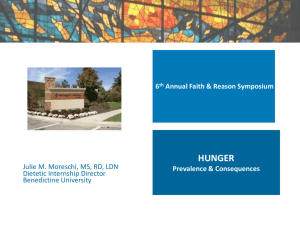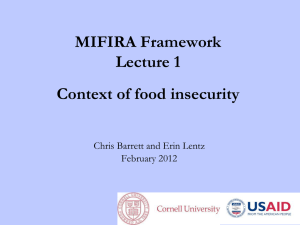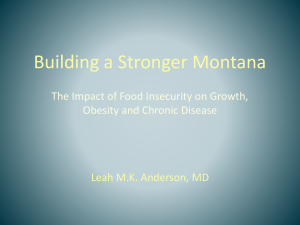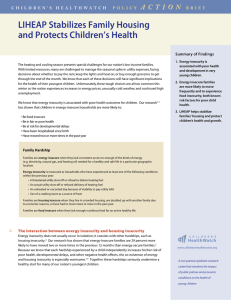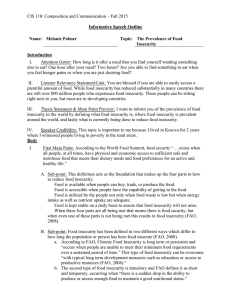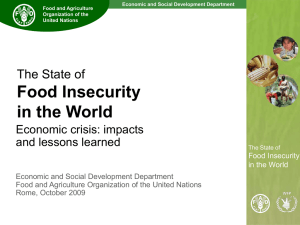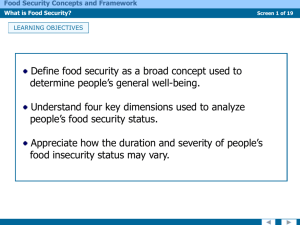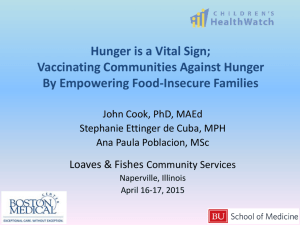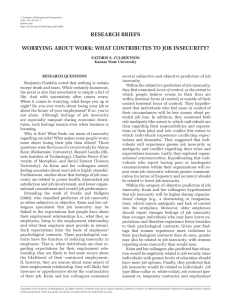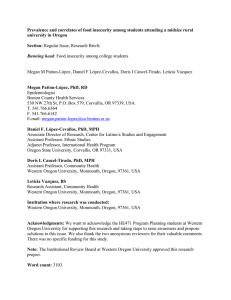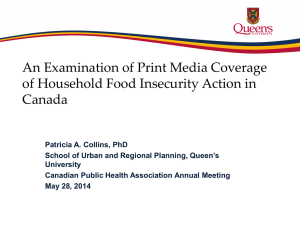“Safety, Insecurity, Risk and Space" in Focus of Research
advertisement
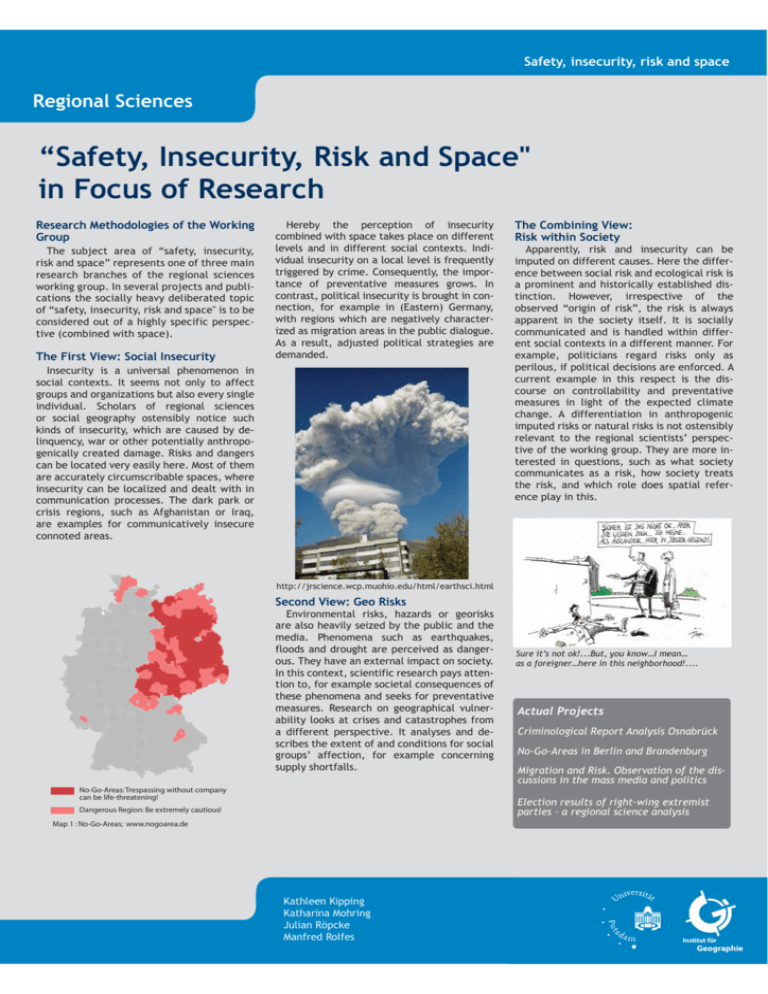
Safety, insecurity, risk and space Regional Sciences “Safety, Insecurity, Risk and Space" in Focus of Research Research Methodologies of the Working Group The subject area of “safety, insecurity, risk and space” represents one of three main research branches of the regional sciences working group. In several projects and publications the socially heavy deliberated topic of “safety, insecurity, risk and space" is to be considered out of a highly specific perspective (combined with space). The First View: Social Insecurity Hereby the perception of insecurity combined with space takes place on different levels and in different social contexts. Individual insecurity on a local level is frequently triggered by crime. Consequently, the importance of preventative measures grows. In contrast, political insecurity is brought in connection, for example in (Eastern) Germany, with regions which are negatively characterized as migration areas in the public dialogue. As a result, adjusted political strategies are demanded. Insecurity is a universal phenomenon in social contexts. It seems not only to affect groups and organizations but also every single individual. Scholars of regional sciences or social geography ostensibly notice such kinds of insecurity, which are caused by delinquency, war or other potentially anthropogenically created damage. Risks and dangers can be located very easily here. Most of them are accurately circumscribable spaces, where insecurity can be localized and dealt with in communication processes. The dark park or crisis regions, such as Afghanistan or Iraq, are examples for communicatively insecure connoted areas. The Combining View: Risk within Society Apparently, risk and insecurity can be imputed on different causes. Here the difference between social risk and ecological risk is a prominent and historically established distinction. However, irrespective of the observed “origin of risk”, the risk is always apparent in the society itself. It is socially communicated and is handled within different social contexts in a different manner. For example, politicians regard risks only as perilous, if political decisions are enforced. A current example in this respect is the discourse on controllability and preventative measures in light of the expected climate change. A differentiation in anthropogenic imputed risks or natural risks is not ostensibly relevant to the regional scientists’ perspective of the working group. They are more interested in questions, such as what society communicates as a risk, how society treats the risk, and which role does spatial reference play in this. http://jrscience.wcp.muohio.edu/html/earthsci.html Second View: Geo Risks Environmental risks, hazards or georisks are also heavily seized by the public and the media. Phenomena such as earthquakes, floods and drought are perceived as dangerous. They have an external impact on society. In this context, scientific research pays attention to, for example societal consequences of these phenomena and seeks for preventative measures. Research on geographical vulnerability looks at crises and catastrophes from a different perspective. It analyses and describes the extent of and conditions for social groups’ affection, for example concerning supply shortfalls. No-Go-Areas: Trespassing without company can be life-threatening! Sure it’s not ok!...But, you know…I mean… as a foreigner…here in this neighborhood!.... Actual Projects Criminological Report Analysis Osnabrück No-Go-Areas in Berlin and Brandenburg Migration and Risk. Observation of the discussions in the mass media and politics Election results of right-wing extremist parties – a regional science analysis Dangerous Region: Be extremely cautious! Map 1 : No-Go-Areas; www.nogoarea.de Kathleen Kipping Katharina Mohring Julian Röpcke Manfred Rolfes Institut für Geographie

